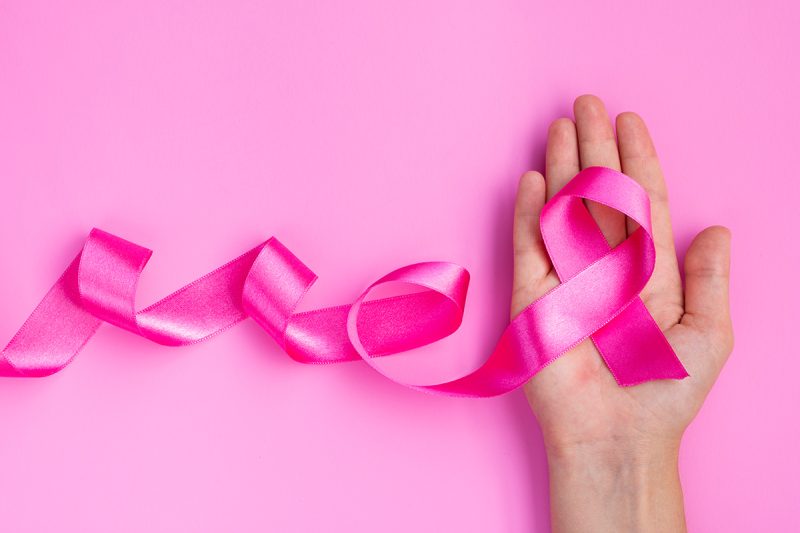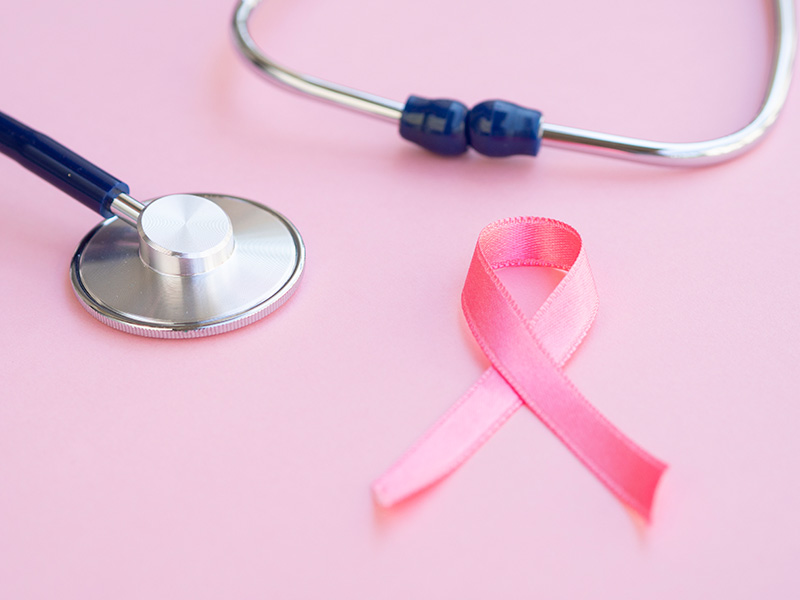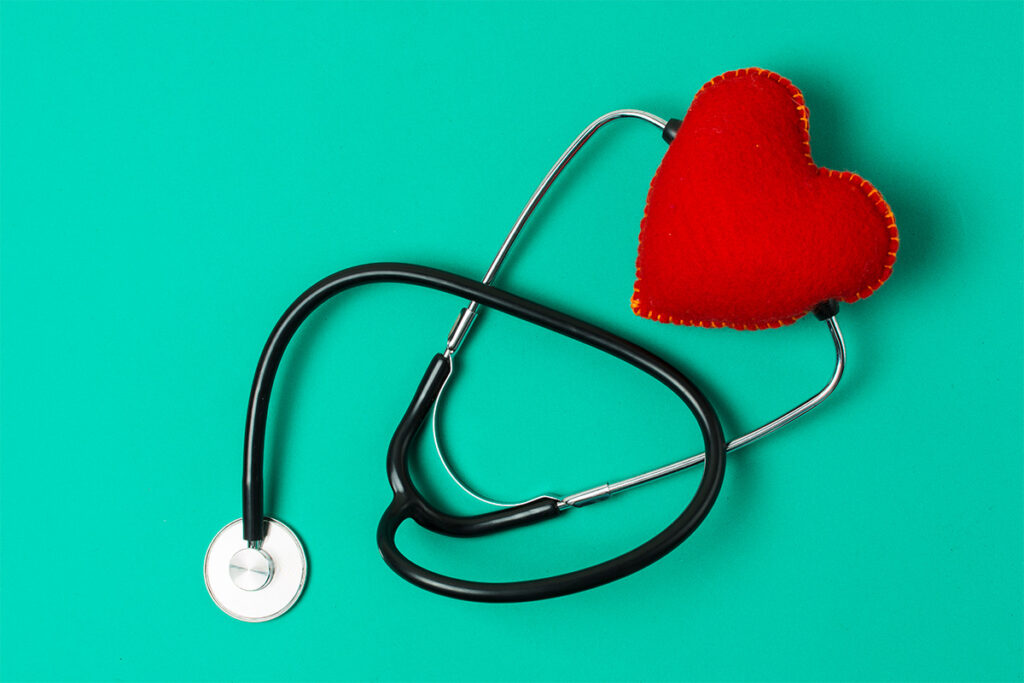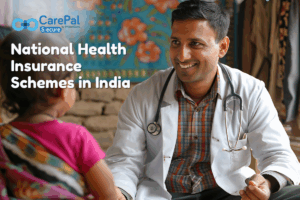What is Breast Cancer: A simple
guide to understanding and
prevention.

Breast cancer is one of the most common forms of cancer which affects women in India. As per reports, 26% of new cancer detections in women are for breast cancer. Beyond these statistics, there are many lesser-known breast cancer facts that can help women better understand their risk factors and prevention strategies. For a condition as prevalent as cancer, the knowledge and awareness about it is very low in India. For example, would you be surprised if you found out that cancer is not exclusive to women but happens to men as well? Or that obesity has a direct correlation to breast cancer? As with any disease, protection starts with understanding what is it, the risk factors, ways to detect it early and treatment routes.

What Is Breast Cancer Breast Cancer: An Overview
Cancer is an uncontrolled growth of cells. This harms the tissue/organs where the cells are multiplying and over time breaks down the normal functioning of not only the impacted organ but harms other organs too. Cancer can occur in just about any part of the body except, strangely, the heart.
Human breasts consist of several parts and cancer is a collective term used to describe the different cancers which can occur in the various components. The major breast cancers are:
1. Lobular breast cancer which affects the lobules or milk-producing glands of the breast. This impacts women and is extremely rare among men. It has two further types. Lobular Breast Cancer in Situ (LBCIS), which as the naming in situ suggests, is localised and has not spread to other areas. At this stage the cancer is not malignant. Invasive Lobular Cancer (ILC) is the stage when the cancer begins to spread from milk glands to other tissues.
2. Ductular Breast Cancer impacts the ducts in the milk-producing glands. Like Lobular cancer, it also has in situ and invasive variants with the same meaning. In situ means the cancer is localised and has not spread, while invasive means that it has spread to other parts and is a lot more serious.
Some other rare types of breast cancers are Inflammatory Breast Cancer, Triple Negative Cancer and Paigets Disease.
Breast Cancer: Causes, risk factors & myths
Like most cancers, Breast Cancer also has genetic, lifestyle and environmental risk factors. Your prevention strategy should focus on these:
i. Genetic: Being born a woman, having a family history, being caucasian and getting old are risk factors that are out of your control. However, it has been identified that mutations in BRCA1 and BRCA2 are strong indicators that a woman is likely to develop cancer at some point in her life. This mutation can be tested easily. A weird fact related to genetics is that taller women tend to have a higher than average chance of developing breast cancer. The reason for this has yet to be discovered yet.
ii. Lifestyle: Not being physically active, smoking and drinking are perennial risk factors. As is being obese, particularly weight gain after menopause. Some studies suggest that for women who were obese before menopause, the risk of breast cancer might be lower. The other risk is related to delayed or absent motherhood. Not having children, not breastfeeding or excessive use of birth control seems to heighten the risk. Another known risk factor is using breast implants.
iii. Environmental risk factors: Pollution particularly of plastic particles and working night shifts for a long time are also related to a higher risk of cancer.
Myths about breast cancer risk factors include the use of antiperspirants and deodorants, larger breast size, using bras and abortions. These factors have been evaluated in many studies and no link has been found between them and the risk of cancer.
Breast Cancer Symptoms
Apart from adjusting your lifestyle, the next best defence against breast cancer is to be vigilant for any symptoms. While symptoms by themselves are not indicative of cancer and should be left to a medical professional to analyse, some of the key cancer symptoms that doctors advise the public to watch out for are:
1. Swelling and lumps not only in the breasts but also chest and armpits.
2. Changes in the shape or rashes around the nipples.
3. Redness and discolouration of the skin around the breast and nipple.
4. Pain in the breasts.
5. Discharge from your nipple when you are not pregnant.
These symptoms are not necessarily a confirmation that a person has cancer but should be scrutinised if encountered and you should consult your doctor without any delay. In addition to watching for symptoms, women should learn proper home screening techniques for regular self-examination between professional check-ups.
Breast Cancer Treatment
There are multiple treatments for Breast Cancer and the specific treatment that a patient undertakes is dependent on the stage of breast cancer as well as the health and age of the patient. Also, medical science is a fast-evolving field hence new treatments come up every few years. However, some of the most common treatments are:
i. Surgery is the most common treatment and involves the doctors attempting to remove and/or destroy the infected tissue in your breast, chest and armpits. Mastectomy might be necessary in some cases, in which the whole breast is removed. M astectomy used to be a permanent condition in the past, leaving some patients with psychological trauma. Post-mastectomy breast reconstruction surgeries are very common now.
ii. Radiotherapy uses radiation to damage and kill cancerous tissues particularly when the breast cancer starts spreading outside of the breasts (called secondary stage). It is also used as post-surgery therapy to help prevent cancer reoccurrence.
iii. Chemotherapy uses medicine to kill fast-growing cancerous cells. This method is also used in pre and post-surgery stages by doctors.
Breast Cancer is the leading cause of death in women. However, the 5-year survival rate post-detection is always increasing. Given the long-term treatment requirements, securing comprehensive critical illness coverage for cancer ensures financial protection throughout the treatment journey. It is 60% in India but almost 80% in The United States. The difference is mainly on account of early detection as well as better medical care. As with any cancer treatment, there are side effects which are bound to occur. These include diarrhoea, constipation, mouth sores, skin discolouration, abdominal pain and loss of hair. With love and support from your loved ones and proper medical care, these can be managed and subside over time. Beyond emotional support, understanding how insurance support during recovery works can significantly ease the financial burden on patients and families.












